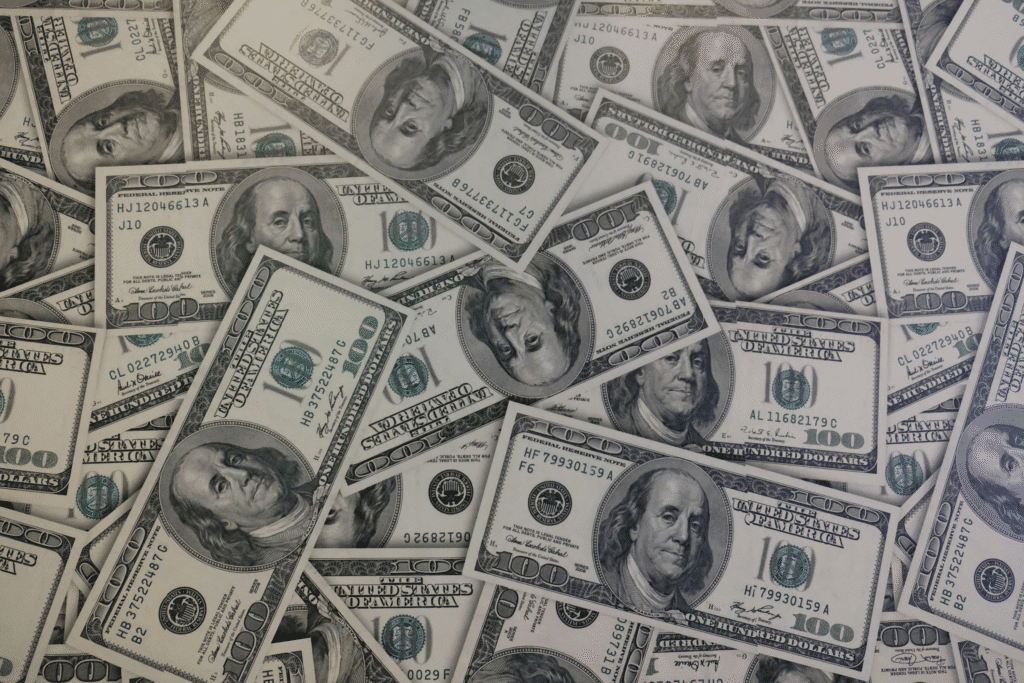The US dollar has been struggling this year, and even though it has stabilized a bit recently, traders in the foreign exchange (FX) options market believe it could weaken even more. Many investors are worried about the US economy and ongoing trade tensions, which are making them doubt the dollar’s strength.
At the start of the year, people thought the dollar would rise because of government policies like tax cuts and trade protections. But things changed when the US announced bigger-than-expected tariffs in April, causing a lot of market instability and pushing the dollar to its lowest level in three years. Even though some of these trade tensions have eased for now, the options market still suggests that the dollar could keep falling.
The FX options market helps predict how currencies might move in the future. Right now, traders are buying more “put options” on the dollar, which means they expect its value to drop. A put option gives the buyer the right to sell the dollar at a set price later, which is a way to protect against or profit from a decline. On the other hand, “call options,” which bet on the dollar rising, are not as popular.
Tim Brooks, head of FX options at Optiver, explained, “FX option prices in general continue to point to a greater risk of further dollar weakening. From our perspective, there is no clear single large position, but relative to the past 5-10 years, we see unprecedented demand from investors to own USD puts in comparison with at-the-money options or USD calls.”
Another way to measure market sentiment is through “risk reversals,” which compare the demand for put options versus call options. Right now, these risk reversals show that traders are much more interested in betting against the dollar than supporting it. For example, the euro and the Japanese yen are seeing strong demand compared to the dollar.

Data from LSEG shows that the three-month, six-month, and one-year risk reversals for the euro against the dollar are near their highest levels since records began in 2007. The only time they were higher was during the market chaos of the 2020 pandemic. This means investors believe the euro has more room to grow while the dollar could keep falling.
Karl Schamotta, chief market strategist at Corpay, said, “Positioning remains extremely bearish on the dollar. Pricing increases across the curve, with one-year risk reversals trading well above their shorter-term equivalents, suggest that options market participants expect the euro to continue its gradual grind higher.” So far this year, the euro has already gained nearly 10% against the dollar.
The dollar’s weakness is not just about trade tensions. There are also concerns about the US economy, including inflation, interest rates, and government spending. If these issues continue, the dollar could face more pressure.
In summary, even though the dollar has stopped falling for now, the FX options market suggests that traders are preparing for more declines. With more investors buying put options and favoring currencies like the euro and yen, the outlook for the dollar remains uncertain. Unless there are major changes in economic policies or trade relations, the dollar might not recover its strength anytime soon.
Experts will keep watching the market closely for any shifts in sentiment, but for now, the trend seems clear—many believe the dollar’s best days this year may already be behind it.


